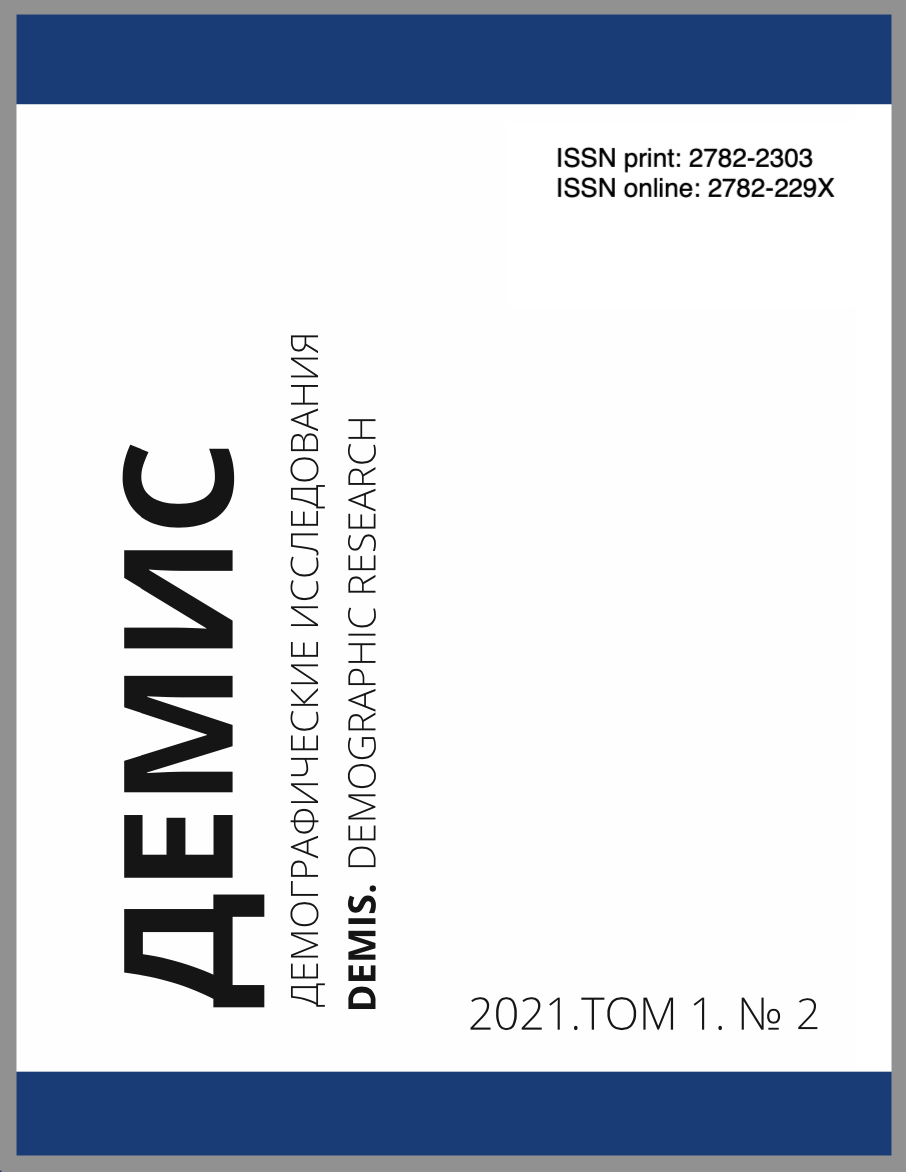Восприятие эмоций и культурной дистанции иностранными студентами в России
Научная статья
Аннотация
Литература
Berrios Callejas S. A. Perception of culture-specific emotions: Measurement and predictors. Master’s Thesis. National Research University Higher School of Economics. Moscow, 2020. 57 p. [Electronic source] Access mode: https://www.hse.ru/en/edu/vkr/366978262.
Ekman P., Friesen W. V. A New Pan-Cultural Facial Expression of Emotion. Motivation and Emotion. 1986. Vol. 10, No. 2. Pp. 159–168. DOI: 10.1007/BF00992253.
Ekman P., Friesen W. V. Constants Across Cultures in the Face and Emotion. Journal of Personality and Social Psychology. 1971. Vol. 17, No. 2. Pp. 124–129. DOI: 10.1037/h0030377.
Ekman P., Friesen W. V. The repertoire of nonverbal behavior: Categories, origins, usage, and coding. Semiotica. 1969. No. 1. Pp. 49–98. DOI: 10.1515/semi.1969.1.1.49.
Fang X., Sauter D. A., van Kleef G. A. Seeing Mixed Emotions: The Specificity of Emotion Perception from Static and Dynamic Facial Expressions Across Cultures. Journal of Cross-Cultural Psychology. 2018. Vol. 49, No. 1. Pp. 130–148. DOI: 10.1177/0022022117736270.
Fernández I., Carrera P., Sánchez F., Páez D., Candia L. Differences between cultures in emotional verbal and non-verbal reactions. Psichothema. 2000. No. 12. Pp. 83–92.
Galchenko I., van de Vijver F. The role of perceived cultural distance in the acculturation of exchange students in Russia. International Journal of Intercultural Relations. 2007. Vol. 31, No. 2. Pp. 181–197. DOI: 10.1016/j.ijintrel.2006.03.004.
Gavrila M., Brandt D. The Impact of Cultural Distance on the Success and Stability of International Cooperation Forms: Student Organizations. IFAC Proceedings Volumes. 2013. Vol. 46, Issue 8. Pp. 89–94. DOI: 10.3182/20130606-3-XK-4037.00023.
Gendron M., Roberson D., van der Vyver J. M., Barrett L. F. Perceptions of emotion from facial expressions are not culturally universal: evidence from a remote culture. Emotion. 2014. Vol. 14, No. 2. Pp. 251–62. DOI: 10.1037/a0036052.
Ghemawat P. Distance still matters: The hard reality of global expansion. Harvard Business Review. 2001. Vol. 79, No. 8. Pp. 137–147.
Hofstede G. Dimensionalizing Cultures: The Hofstede Model in Context. Online Readings in Psychology and Culture. 2011. Vol. 2, No. 1. DOI: 10.9707/2307-0919.1014.
Jack R. E., Garrod O. G. B., Yu H., Caldara R., Schyns P. G. Facial expressions of emotion are not culturally universal. PNAS. 2012. Vol. 109, No. 19. Pp. 7241–7244. DOI: 10.1073/pnas.1200155109.
Liu H., Li X., Cardenas D., Yang Y. Perceived cultural distance and international destination choice: The role of destination familiarity, geographic distance, and cultural motivation. Journal of Destination Marketing and Management. 2018. Vol. 9. Pp. 300–309. DOI: 10.1016/j.jdmm.2018.03.002.
Matsumoto D. Cultural similarities and differences in display rules. Motivation and Emotion. 1990. Vol. 14. Pp. 195–214. DOI: 10.1007/BF00995569.
Matsumoto D., Hwang H. S. Culture, display rules, and emotion judgments. In K. D. Keith (Ed.) The encyclopedia of cross-cultural psychology. Wiley Editors, 2013. DOI: 10.1002/9781118339893.wbeccp513.
Matsumoto D., Willingham B. The Origin of Universal Human Emotions. San Francisco: San Francisco State University, 2009. 15 p. [Electronic source] Access mode: http://davidmatsumoto.com/content/NG%20Spain%20Article_2_.pdf.
Matsumoto D., Yoo S. H., Fontaine J. Mapping expressive differences around the world the relationship between emotional display rules and individualism versus collectivism. Journal of Cross-Cultural Psychology. 2008. Vol. 39, No. 1. Pp. 55–74. DOI: 10.1177/0022022107311854.
Melkonian M., Areepattamannil S., Menano L. et al. Examining acculturation orientations and perceived cultural distance among immigrant adolescents in Portugal: links to performance in reading, mathematics, and science. Social Psychology of Education. 2019. Vol. 22. Pp. 969–989. DOI: 10.1007/ s11218-019-09506-5.
Sheldon K. M., Titova L., Gordeeva T. O., Osin E. N., Lyubomirsky S., Bogomaz S. Russians Inhibit the Expression of Happiness to Strangers: Testing a Display Rule Model. Journal of Cross-Cultural Psychology. 2017. Vol. 48, No. 5. Pp. 718–733. DOI: 10.1177/0022022117699883.
Suanet I., van de Vijver F. J. R. Perceived cultural distance and acculturation among exchange students in Russia. Journal of Community & Applied Social Psychology. 2009. Vol. 19, No. 3. Pp. 182–197. DOI:10.1002/casp.989.
Winkelman M. Cultural shock and adaptation. Journal of Counseling & Development. 1994. Vol. 73, No. 6. Pp. 121–126. DOI:10.1002/j.1556-6676.1994.tb01723.x.
Поступила: 23.01.2021
Опубликована: 21.05.2021






